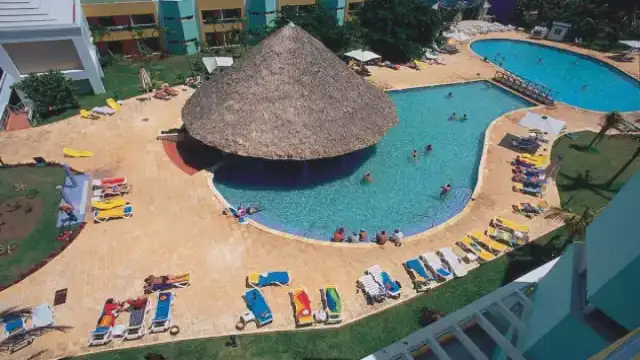Understanding Hudson Valley Pool Regulations: A Guide to Safety Compliance
Constructing a luxury pool in the Hudson Valley is a thrilling undertaking, but understanding the safety regulations is crucial for a smooth experience. Homeowners in Westchester, Rockland, or Dutchess County must be aware of the unified pool safety requirements dictated by New York’s Uniform Code. While enforcement may vary slightly from town to town, the core principles of pool safety remain consistent across these counties. By familiarizing yourself with key regulations—like pool fencing and alarms—you can avoid potential setbacks during your construction project.
Core Pool Safety Requirements Across Hudson Valley
Whether you’re in Westchester, Rockland, or Dutchess County, specific safety measures are non-negotiable for residential pools over 24 inches deep. Pool enclosures must be at least 48 inches tall, with gates that are self-closing and self-latching. Pools built or modified after December 2006 also require an audible alarm, ensuring early detection and reducing the risk of accidental drowning. These requirements not only align with Section R326 of the New York State Residential Code but are enforced by local building inspections to guarantee compliance.
The Importance of Hudson Valley Pool Safety Regulations
Pool safety laws in the Hudson Valley play a crucial role in preventing accidents, particularly among children under 15, who represent a significant portion of pool-related injuries. These regulations are designed to mitigate the risks of unsupervised access to pool areas. Ensuring your pool complies with New York State’s standards will protect your family and give you peace of mind.
A Deep Dive Into Section R326 of New York’s Pool Safety Code
The legal foundation of pool safety in the Hudson Valley is outlined in the 2020 Residential Code of New York State (RCNYS), specifically Section R326. This code provides essential guidelines for constructing fences, alarms, and enclosures around residential pools. Key requirements include a minimum fence height of 48 inches, automatic gate mechanisms, and required alarms for pools post-2006. Temporary barriers are also necessary during construction to ensure safety until a permanent solution is installed.
Preparing for Pool Inspections in the Hudson Valley
An inspection can be a daunting process, but understanding what’s required will ensure your project stays on track. Confirm the height, gaps, and materials of your barrier meet state regulations, and ensure gates are properly installed with self-closing and self-latching mechanisms. Verify that all alarms meet UL 2017 and ASTM F2208 standards to pass final inspections. By diligently preparing for these evaluations, you can avoid costly delays and ensure your pool environment remains safe.
Specific Pool Safety Insights for Westchester, Rockland, and Dutchess
Each Hudson Valley county emphasizes compliance while permitting some flexibility in design. In Dutchess, complete pool enclosure is necessary, with emphasis on non-accessibility from any yard section. Westchester’s pool fence regulations demand comprehensive plans showcasing fence design and placement, while Rockland focuses on integrating technology with standards-compliant pool alarms. Understanding these regional nuances can streamline the approval process and keep your pool project moving forward.
Maintaining Pool Barriers and Safety Measures Year-Round
After meeting initial safety regulations, ongoing maintenance is vital for ensuring long-term pool safety and compliance. Annual inspections of fences and gates for wear, and regular testing of alarm systems, are critical. Maintaining updated records of inspections and repairs can also prove invaluable, especially during resale or refinancing. By making these responsibilities part of your routine, you guarantee that your pool remains a safe environment for family enjoyment.
Ensuring Pool Safety for Long-Term Value and Peace of Mind
Adhering to Hudson Valley’s pool safety regulations provides more than just compliance. Properly installed barriers and alarms enhance property value, offer privacy, and provide protection against potential accidents. A compliant and well-maintained pool not only minimizes risk but also preserves the enjoyment and investment of your outdoor living space.
Final Thoughts: Building and Maintaining Safe Pools in the Hudson Valley
By understanding and following the pool safety regulations applicable throughout Westchester, Rockland, and Dutchess Counties, you ensure a secure swimming environment while preserving your investment. Before initiating construction, contact local authorities for specific requirements and recommendations. With diligent planning and execution, your pool can meet all safety certifications, ensuring a worry-free summer experience.
#PoolRepair #PoolSafety #PoolMaintenance #HudsonValleyPools #PoolCompliance


